10 Historical Ziyarat places in Makkah
Makkah, The Holy Capital, Where Spirituality And History Meets! Let’s Explore The Best 10 Historical Ziyarat places in Makkah
Makkah, known as the birthplace of Prophet Muhammad (SAW), is nestled in a desert valley in western Saudi Arabia and is considered Islam's deep center. Many Muslims from all over the world gather there for the Hajj and Umrah seeking blessings and divine connections. In addition to the grandeur of the Kaaba and the Masjid al-Haram, Makkah is also home to the best Ziyarat places, reflecting on a deep history shaping the Islamic faith.
The Kaaba:
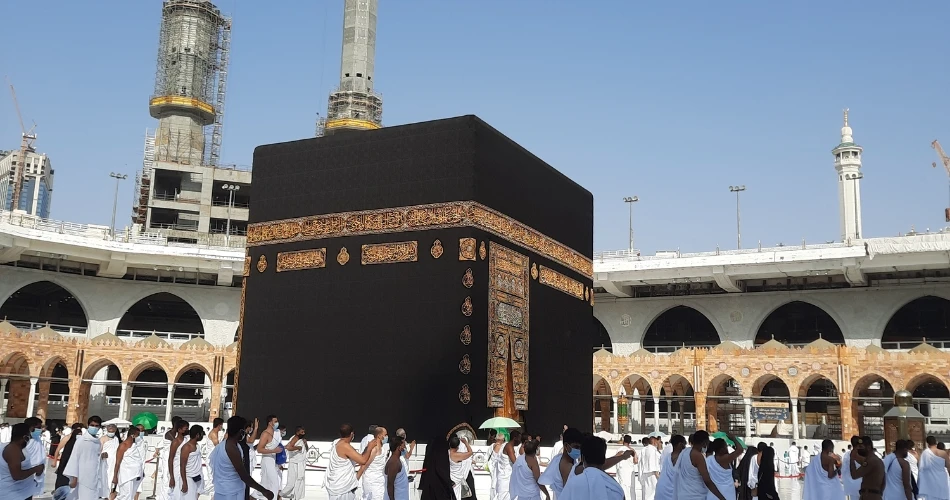
Kaaba is the holiest place in Islam and the heart of Makkah for every Muslim all across the world. During the pilgrimage of the Hajj and Umrah, countless pilgrims gather at this holy place, which is said to have been constructed by the Prophet Abraham along with his son Ishmael, for the holy circumambulation (tawaf). Let your heart crave purity and a closer relationship with Allah as you walk around the Kaaba. Furthermore, many additional Ziyarat may be seen here as you visit the sacred Kaaba including, Maqam e Ibrahim, Kiswa, and Hijra Aswad.
Cave of Hira:
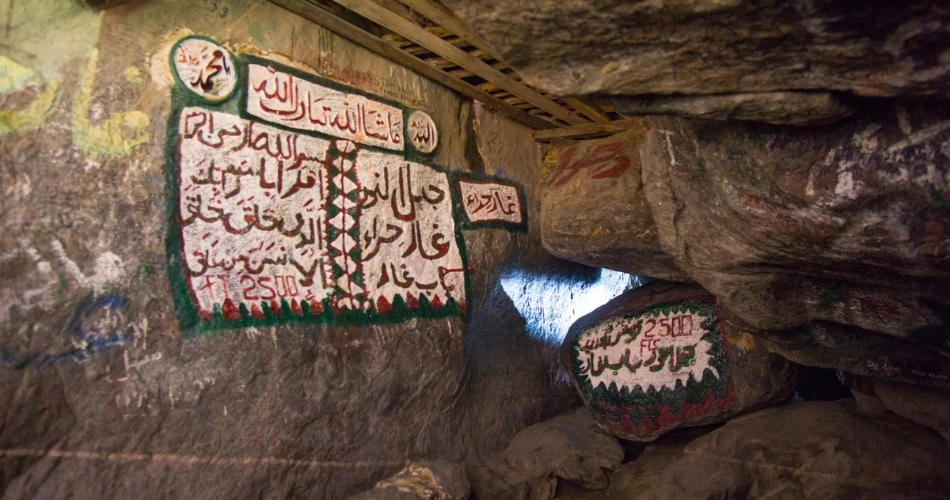
The Cave of Hira holds great significance because our Holy Prophet Muhammad ﷺ adored it. He used to visit this location and spend much of his time contemplating Allah Almighty. Furthermore, he stayed in this cave for many days until his nutritional supplies ran out.
The first revelation from Allah towards his beloved messenger Hazrat Muhammad ﷺ was given by Hazrat Jibril (A.S.) at this sacred site, making this location among the Makkah's important ziyarat sites.
Cave of Thawr:

In Islam, the Cave of Thawr, aka Ghar-e-Thawr, is a significant historical place, located in Makkah, approximately 4 km away from the Blessed Kaaba. During the 3 days and nights of flight from the tribe of Quraysh to Medina, Prophet Muhammad along with his friend Abu Bakr sought sanctuary in the cave.
According to Islamic legend, a bird laid eggs, and a spider built a web at the cave's entrance, leading the Quraysh to believe that no one had entered, sparing Prophet Muhammad PBUH as well as Abu Bakr R.A from being pursued.
Birthplace of Prophet Muhammad:
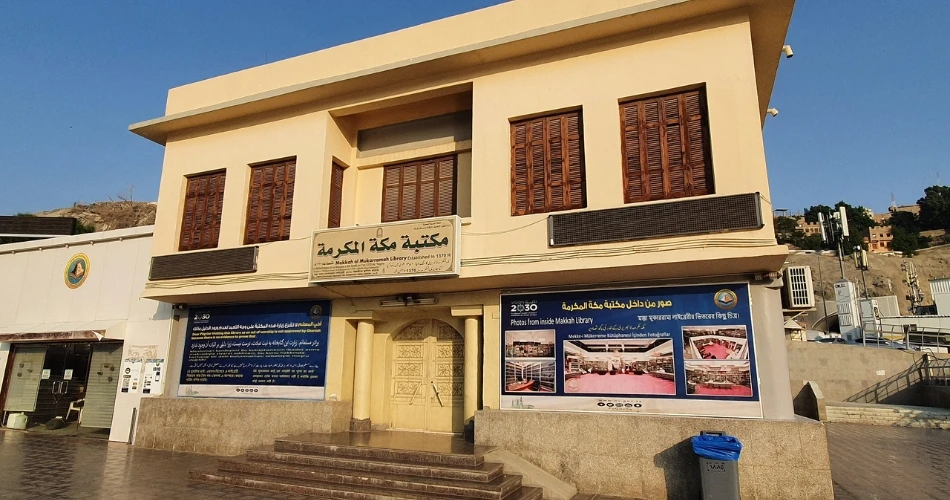
The Spot of Mawlid, where Prophet Muhammad was born, serves as one of Makkah's primary Ziyarat places, located next to the Suq Lail market in the city. On the 12th day of the month of Rabi al-awwal, during the year 570 AD, Prophet Muhammad is believed to have been born at this location. The building is now a library known as "Maktaba Makkah al-Mukarramah," holding a variety of Islamic literature and serving as a place to browse and study resources. Notwithstanding the change, Muslims continue to place great significance on this sacred location, with many visitors coming to express their reverence and reflect on the Prophet Muhammad's (PBUH) presence.
Masjid e Aisha:
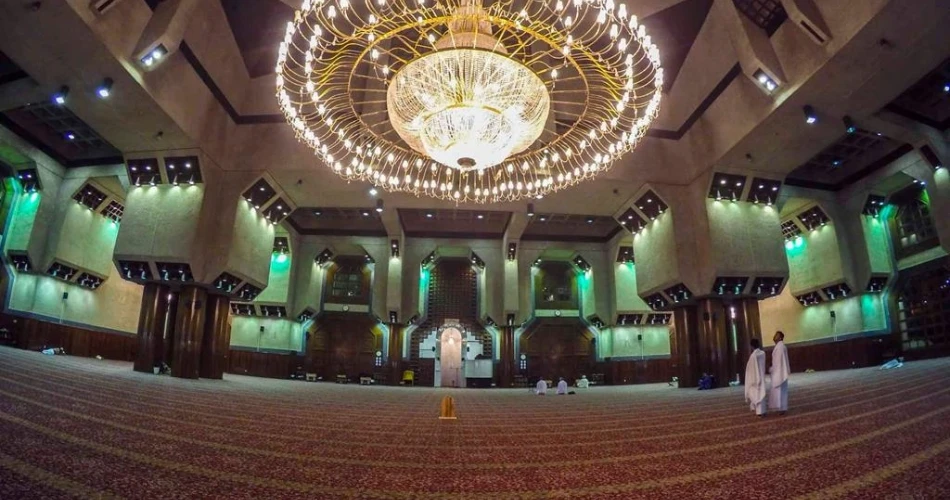
One of the major places in Makkah and the best Ziyarat sites in Makkah is Masjid e Aisha, also known as Masjid at-Tan'im. Masjid Aisha is located at the site where Hazrat Aisha (RA), the beloved wife of Prophet Muhammad (PBUH), prepared to enter the state of Ihram. This mosque serves as a significant location for pilgrims, as it offers facilities for them to bathe and prepare for the spiritual state of Ihram before performing Umrah or Hajj. The mosque is an important stop for those preparing to embark on their pilgrimage.
Jannat-Ul-Mu'Alla:
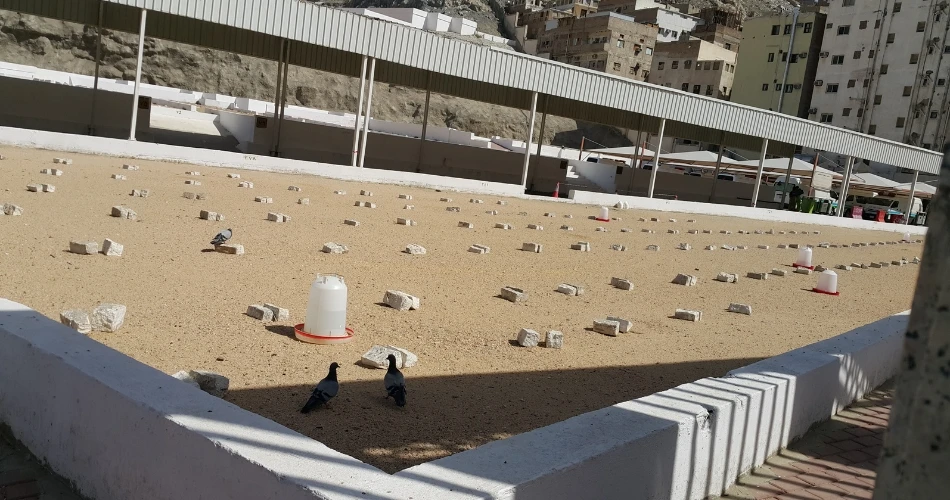
Jannat al-Mu'alla also known as Al-Ḥajūn and Maqbara Maula, consists of the tombs of various significant figures in Islamic history and is a kilometer away from Masjid Al Haram. Along with a number of other relatives of Muhammad's family and his devoted friends, it is the place where the first spouse of the holy Prophet Muhammad (PBUH) is buried. Numerous people come to this historic graveyard every year to honor the Holy Prophet's (PBUH) relatives, making it a particularly sacred spot to perform Ziyarat.
Mina:
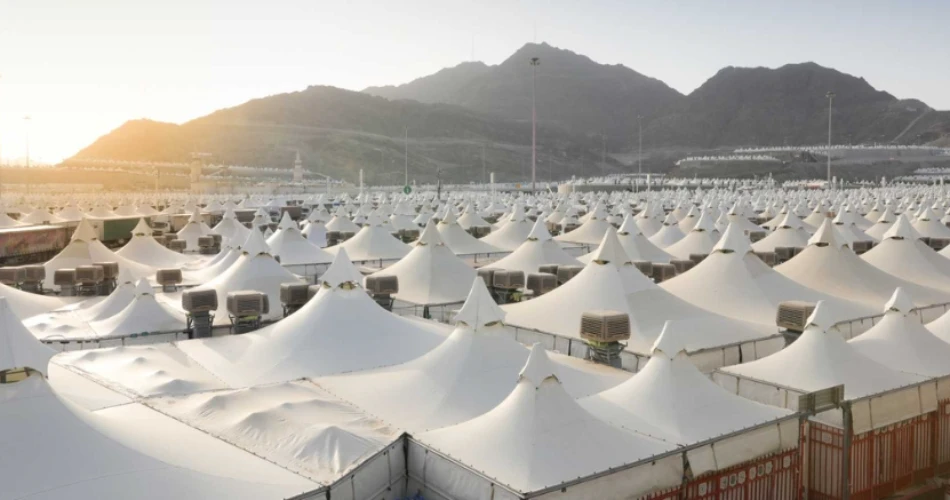
Mina, popularly known as the Tent City, is a vital Ziyarat location where more than one hundred thousand air-conditioned tents are erected annually to provide temporary lodging for Hajj pilgrims. On the final day of the Hajj journey, pilgrims would throw stones at the Jamarat pillars located here which represent the devil (shaitan). Moreover, the pilgrims also spend two more days there, praying, reciting the Quran, and worshiping the Almighty. Additionally, during Eid-ul Adha, in the same location, animals are sacrificed.
Masjid Jinn:
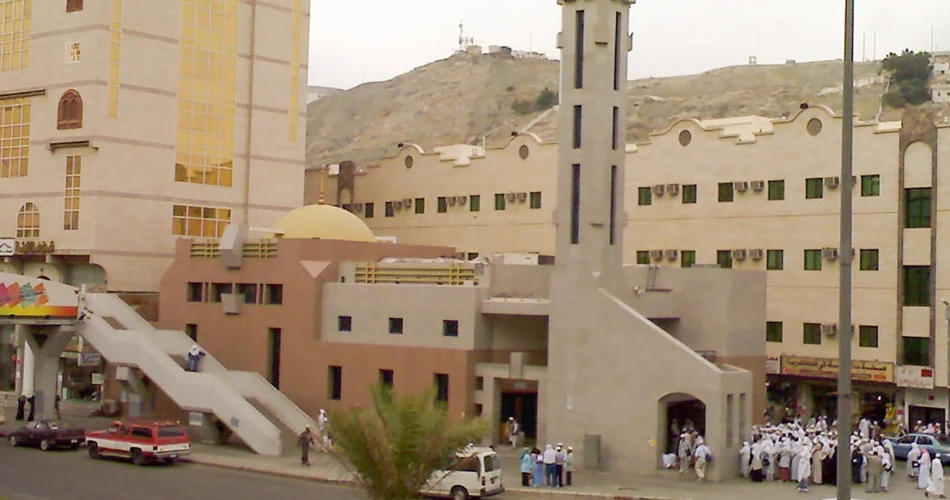
When pilgrims travel to Makkah for the Hajj and Umrah, Masjid Jinn is among their top Ziyarat sites. This location is well-known since Hazrat Muhammad ﷺ used to spend a lot of time reciting the Holy Quran. A group of Jinn was once passing through the area when they paused to listen to the recitation of the Quran. Moved by its words, they embraced Islam. As a result, many pilgrims and tourists who visit the area try to perform at least one prayer there, seeking to connect with the spiritual significance of the location.
Muzdalifah:
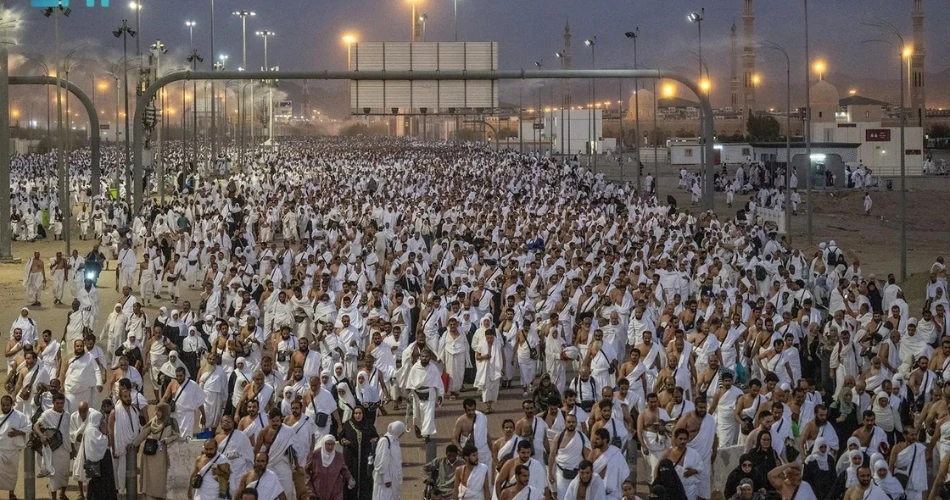
One of the most significant Ziyarat locations in Makkah is Muzdalifah. After performing various prayers and rituals, pilgrims spend the night at this open, largely flat plain situated between Mina and Arafat. During their time in Muzdalifah, pilgrims also gather stones, which they later use for the symbolic stoning of the devil in Mina. The starting and ending points of this ritual are clearly marked in the Muzdalifah area, which is also home to several mosques and resting places for the pilgrims. Furthermore, on your Makkah ziyarat tour, you may also visit the mosque situated atop the Mashur ul Haram Mountain within the area.
Jabal E Rehmat:
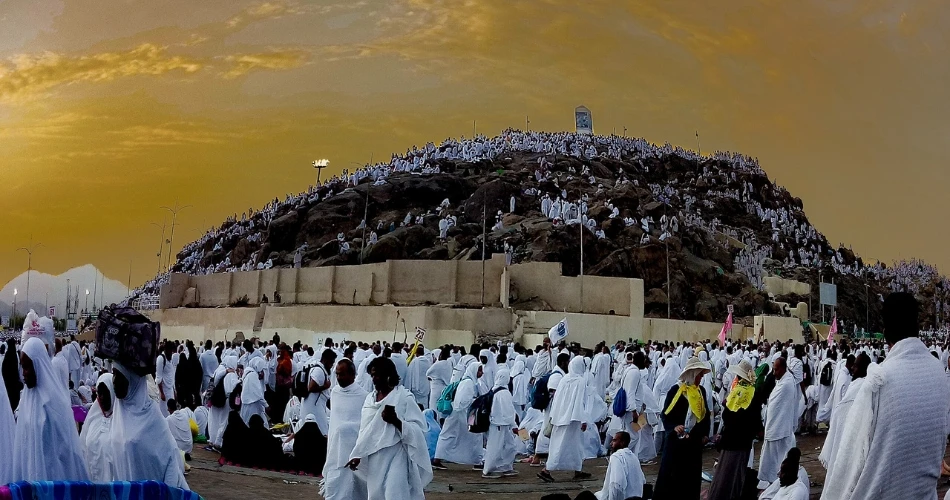
Last on the list of the most significant historical places to visit in Makkah is Mercy Mount, also known as Jabal-e Rehmat or Jabal-Ar Rahmah situated in Arafat. This location is where "Syedna Aadam" and "Syeda Hawwa" landed from heaven; this event is significantly important in Islamic history. Additionally, after completing the Hajj, the holy Prophet Muhammad (PBUH) gave his parting speech there. When conducting the Hajj, getting to this stage is crucial; otherwise, the journey is considered void.




